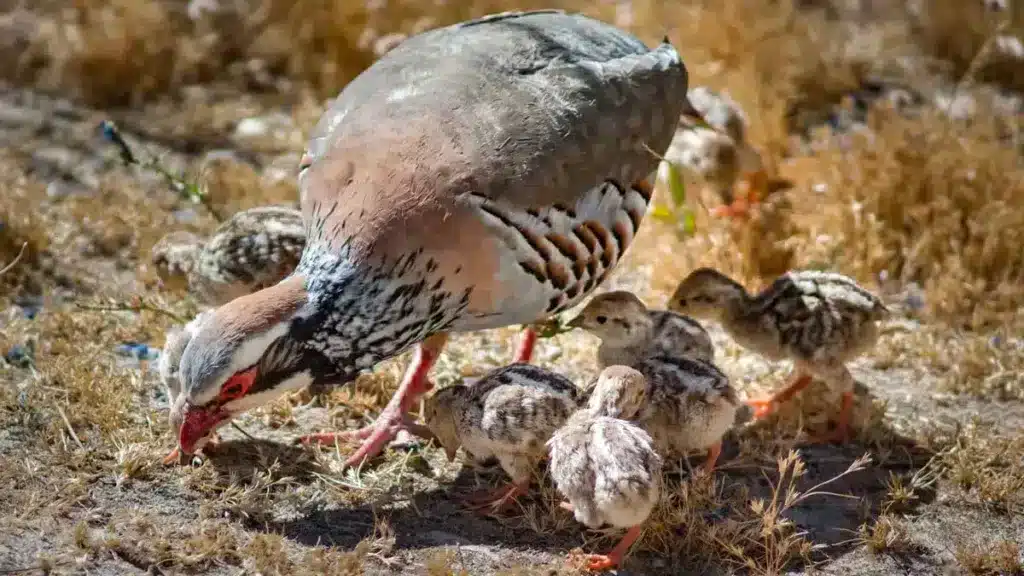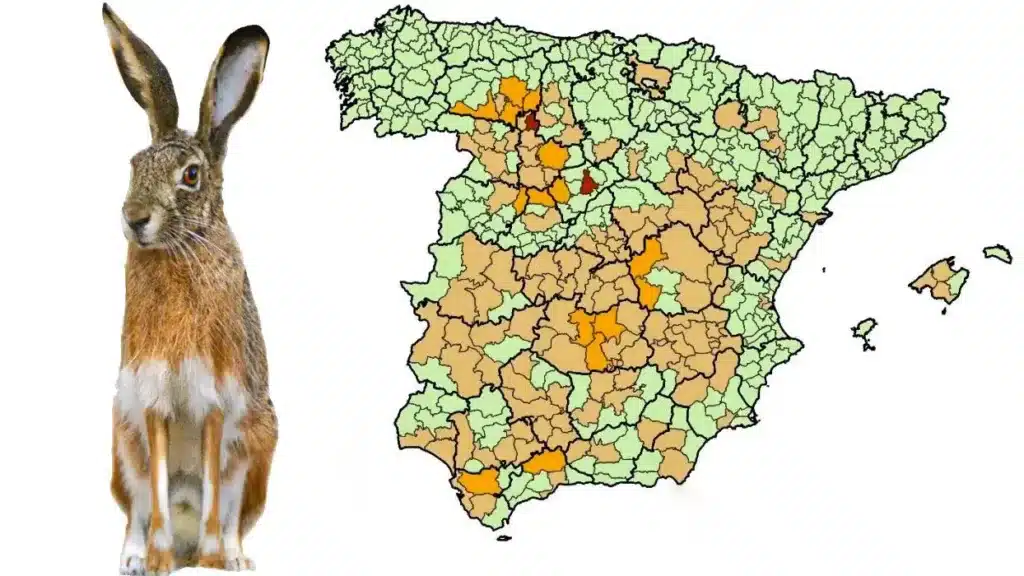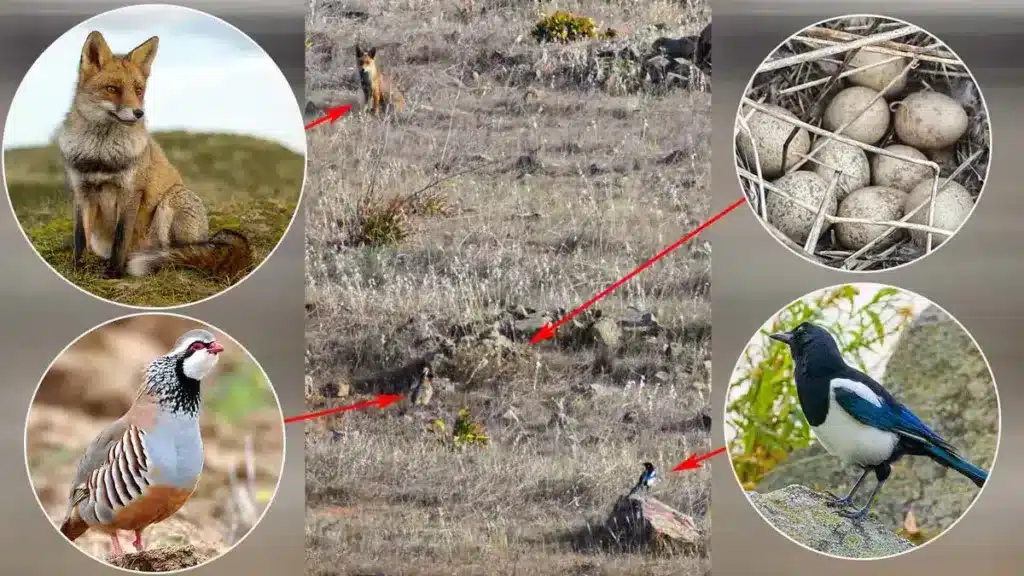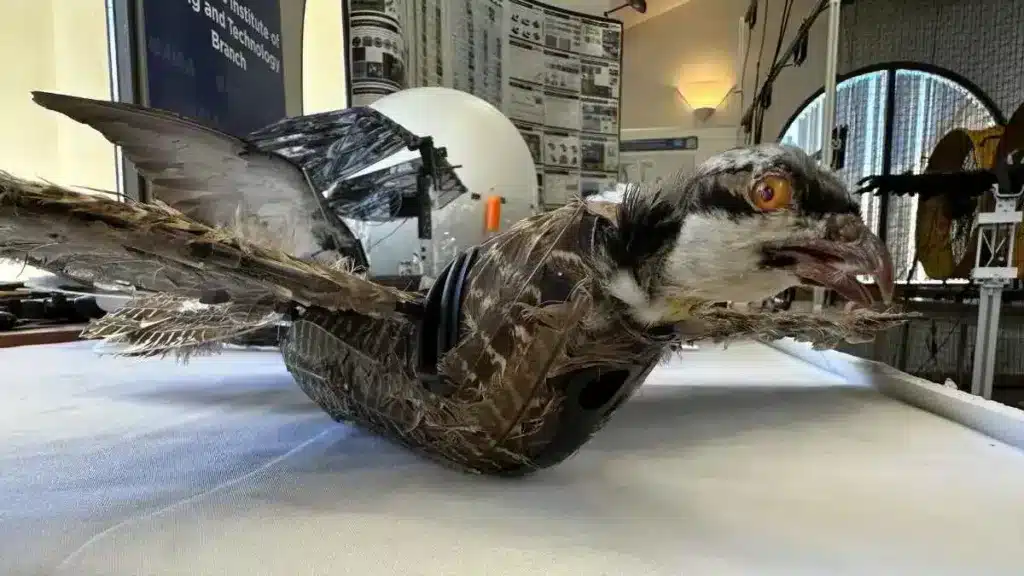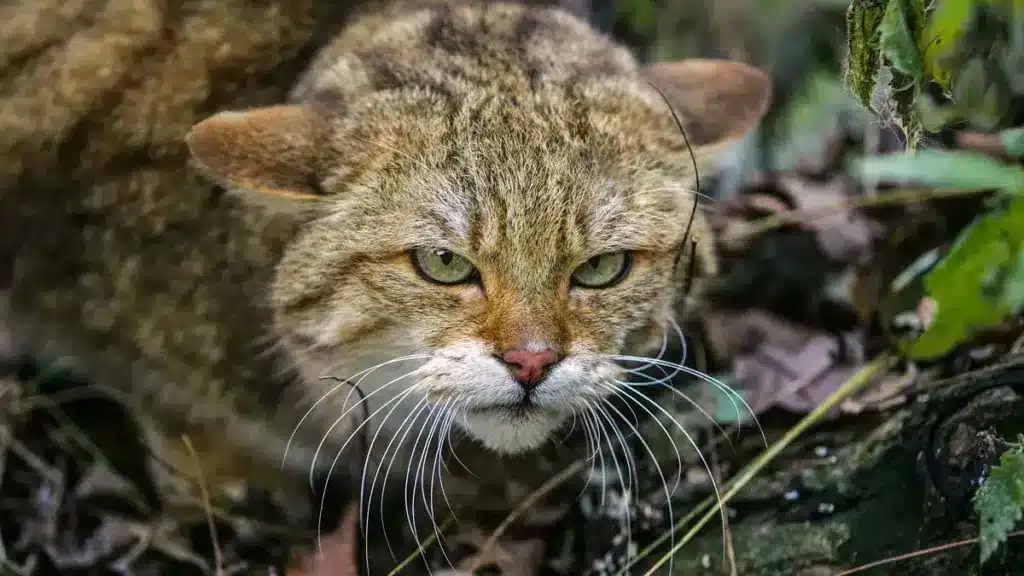By David Risco Pérez, Eduardo José García Vicente e Ismael Rey Casero (Neobéitar)
In order to tackle the situation of population decline of the red-legged partridge, management actions are currently being developed to encourage its proliferation, among which food supplementation stands out. This generates some debate due to its artificial nature and the fact that, if poorly executed, it can have negative consequences: increased predation, feeding of undesirable species and transmission of diseases.
However, a network of feeders and drinkers located where and when they are needed, in adequate numbers and offering quality products, can significantly improve the performance of our game and, with it, the chances that the smaller populations will flourish in places where it would otherwise be impossible. Not only that. In addition, supplementary feeding allows us to incorporate nutrients into their diet that are in short supply in the wild or additives that help reduce the impact of disease.
One of the supplementary feeding techniques under development is the inclusion of insect protein in the diet of partridges, the basis of their diet in their first months of life. These insects provide them with all the nutrients they need to switch to a mainly plant-based diet as adults. In this way, the provision of supplementary feed based totally or partially on insect derivatives would give the chicks access to a feed that more closely resembles their natural diet, providing a nutritional profile that is more in line with their needs.
Proven benefits
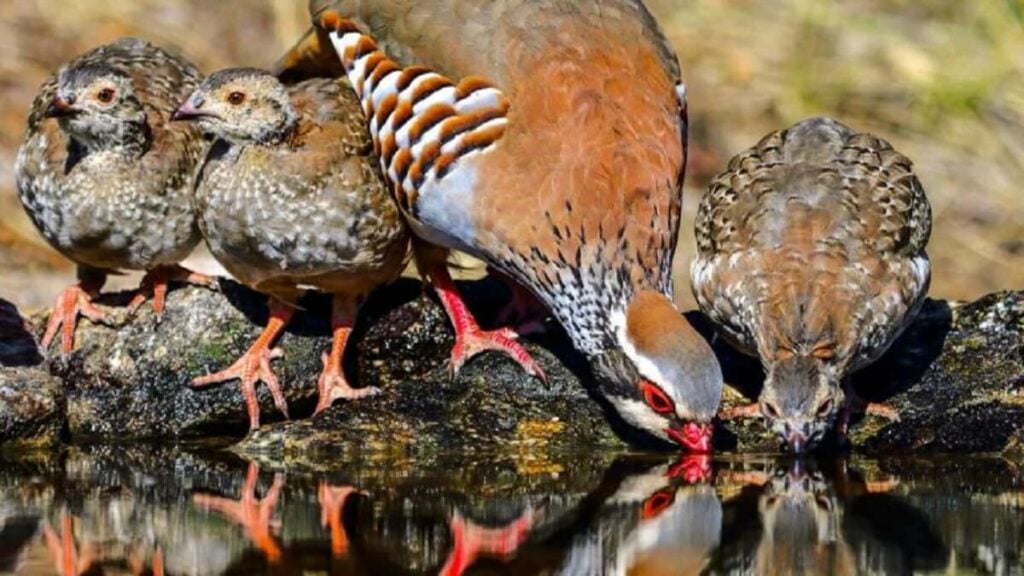
According to recent studies, the use of insects – such as mealworms, crickets, black soldier flies and others – in animal supplementation significantly improves various productive, economic and physiological parameters – their positive effect has been demonstrated in small ruminants, laying hens, broilers and quail. Some of the proven benefits of insect protein intake are increased growth rate, decreased feed to body weight ratio, increased egg laying and egg weight and improved immune system.
Some of these products have also been shown to have a clear microbiota regulating function or antimicrobial capacity against important pathogens, which is useful. All these benefits have an impact on the survival capacity of the animals, improving their health status and promoting their development. Furthermore, compared to traditional feeds, insect-derived feeds are more environmentally sustainable, as they use by-products and low water consumption for their development.
How to give them their insect nutrient ration
On the one hand, this additive could be included in the feed formulas used in game reserves to provide food for game species, which would encourage earlier development of the chicks and faster adaptation to the environment, reducing mortalities caused by predators, disease or weather conditions.
In those areas where this type of management is not carried out, other options can be explored to encourage insect consumption, such as the creation of beetle banks in areas located between crops and which are not ploughed, conserving a cover made up of herbaceous and woody vegetation with a dual purpose: to allow the growth of insects which, as well as serving as food, can be predators of pests – especially beetles – thus avoiding the use of phytosanitary products and, at the same time, providing shelter for game species.
On the other hand, insect protein is a clear candidate for incorporation into partridge starter feeds used on game farms that breed partridges to repopulate game reserves. In addition to causing an increase in chick growth, insect derivatives have been attributed another series of benefits related to their immunomodulatory and antimicrobial characteristics, so they can be a key tool for reducing mortalities in critical periods of their rearing on farms, such as the first few weeks.
A medium-term future
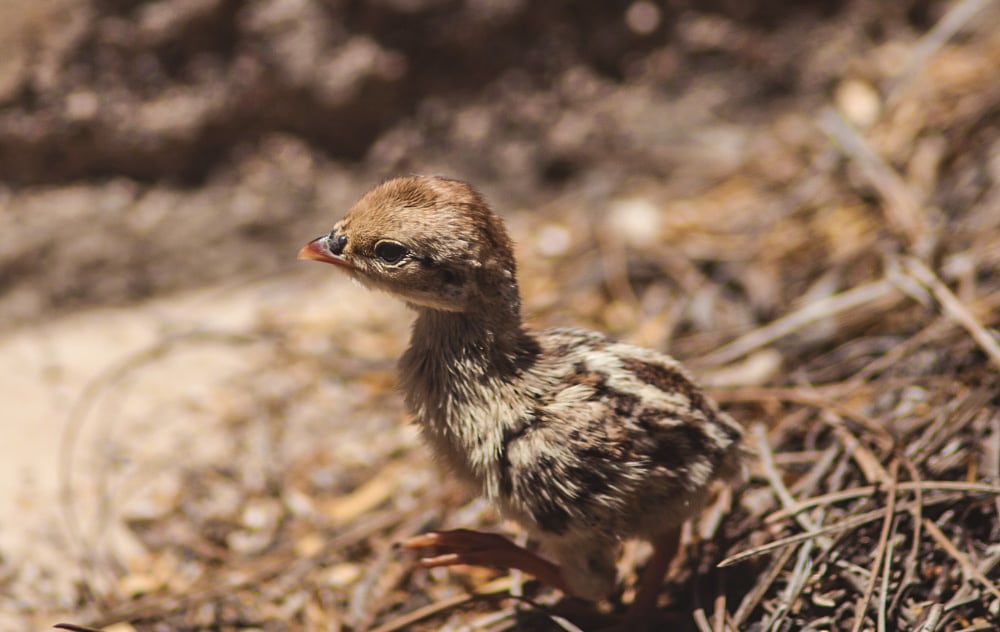
Feed formulated with insect protein could currently be used on our partridge farms and preserves. In fact, since last year, European regulations have contemplated the use of these additives in poultry feed, which shows that it is one of the alternative protein sources that Europe is backing. Despite this, it is currently difficult to envisage the mass use of feed made with insect protein, as the production of this raw material is still limited and most of these products are destined for other activities such as aquaculture.
However, the existence of scientific evidence demonstrating its benefits, as well as the increase in its production that is expected in the very near future, will soon make it one more tool that we can incorporate into the management of our red-legged partridges to improve the state of their populations.
How the experiment went

Within the framework of the project ‘Evaluation of the use of innovative elements in the feeding of small game species’, financed by the Extremadura Hunting Federation (FEDEXCAZA) and developed by Neobéitar researchers, one of the first experiences of feeding partridges with insect protein has been carried out with the aim of testing the influence of this additive on the growth and development parameters of early-age partridges. For this test, carried out on the farm, two groups of partridges were created that differed in the feed they received: one of them was fed a standard feed with a vegetable protein base, and the other was fed a feed whose main protein base was insect protein.
A total of 78 one-day-old chicks were used in the study. On arrival at the farm, they were randomly divided into the two groups and kept in separate rooms according to the group to which they belonged throughout the experiment, which lasted a total of 42 days. During this period of time, three samplings were carried out (at the beginning, middle and end of the experiment), collecting data on weight and tarsus length, which allowed us to calculate two main parameters used to assess growth and development: average daily weight gain (ADG) and body condition index (BCI).
At the end of the study, we were able to see that both the ADG and body condition index were higher in the insect protein-fed group than in the control group. The differences observed in these parameters were more pronounced in the first 21 days of experience, in which the chicks fed with insect protein showed approximately 30% more development than the chicks in the control group.
These results are logical, since, although insects are an important food for partridges throughout their lives, if there is a period in which their consumption is essential, it is in the first days of life.

